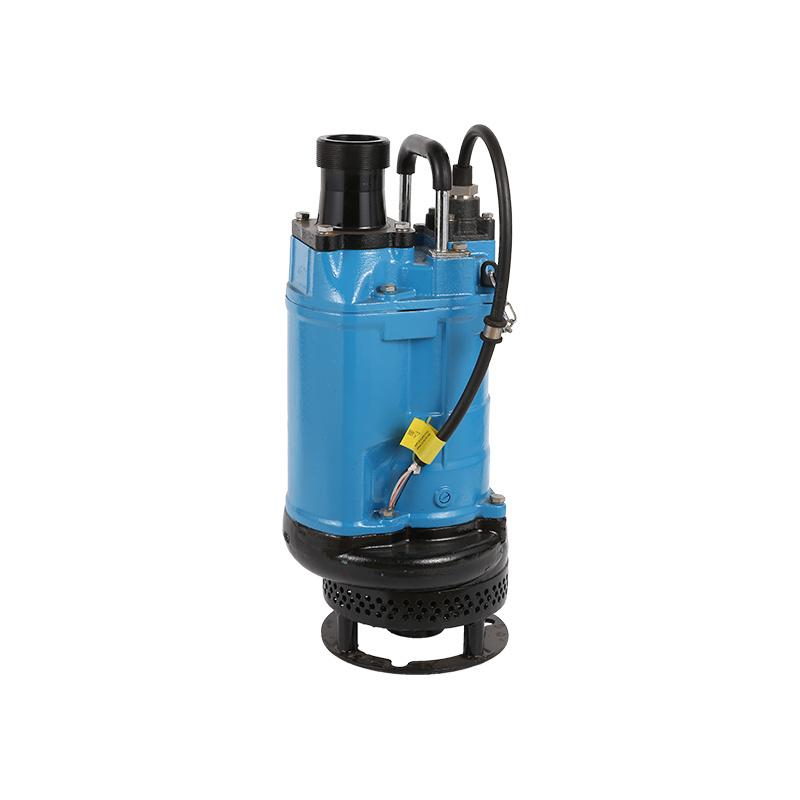Selecting an appropriate submersible pump for dewatering requires careful analysis of the specific application’s demands. The nature of the fluid being pumped is a primary consideration; water containing sand, silt, or gravel necessitates a pump designed to handle solids without clogging or excessive wear. For clear water applications, a model optimized for efficiency and higher flow rates may be preferable. The submersible pump for dewatering must also align with the volume of water to be removed and the time constraints of the project. Understanding these parameters ensures the chosen pump operates effectively without premature failure or inefficiency.
Performance metrics play a crucial role in selecting a submersible pump for dewatering. The total dynamic head (TDH), which accounts for vertical lift and friction losses in the discharge system, determines the pressure the pump must generate. Flow rate requirements define the volume of water the pump needs to move within a given period. These factors must be balanced against the pump’s performance curve to avoid overloading the motor or operating outside efficient ranges. Electrical specifications, such as voltage and phase, must match available power sources at the site. Additionally, the submersible pump for dewatering should be compatible with existing hoses or piping systems to minimize additional adaptations.
Durability and operational features further influence the suitability of a submersible pump for dewatering. Construction materials must resist corrosion and abrasion, especially when pumping abrasive slurries or chemically aggressive water. Portability aspects, including weight and handle design, affect ease of deployment and mobility across job sites. Automatic controls, such as float switches or level sensors, reduce the need for constant monitoring, while manual overrides provide flexibility in unique situations. By evaluating these factors comprehensively, users can identify a submersible pump for dewatering that meets operational demands, ensuring reliable performance and longevity in diverse dewatering scenarios.
